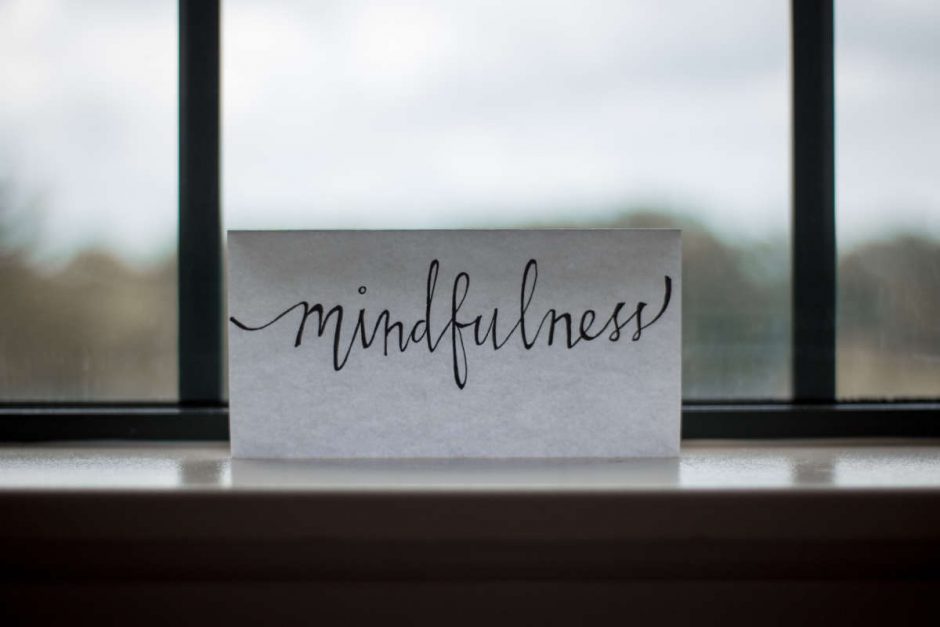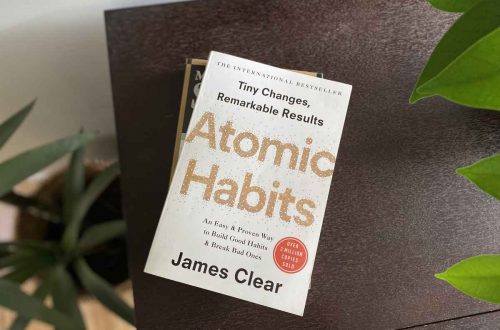An exploration of meditation and what it means in modern culture.
You know, I thought I knew what meditation was until I sat down to write this.
And okay, I do know what it is, but it’s actually quite hard to define in a way that both considers all the nuances and lineages, and keeps it simple.
So here goes!
What is Meditation?
Meditation is a process.
A process of giving ourselves time out. Not the kind of time out where we zone out, but the kind where we zone in.
A process that pushes pause on our habitual way of doing things and interrupts habitual, automatic thinking.
A process of discovery and contemplation; that develops awareness of ourselves, of others and of the nature of things.
A process that is both ancient and modern, secular and spiritual, and scientific.
A process with countless techniques and perspectives but only one whose counts — our own.
A process which in the end isn’t a process at all — but a way of being.
So, what do you think? Did I explain it well?
Ha!
Okay, so that’s a broad, somewhat philosophical or esoteric definition of meditation.
You’re probably still thinking, but Rebecca, what exactly IS meditation? Like really.
How about this?
Meditation is a process of resting one’s attention on an object or experience, either chosen or received, to develop awareness of our inner and outer worlds and qualities such as calm, clarity and connectedness.
MEDITATION — the WHO, WHAT AND WHY
Is that better? I think this definition likely encapsulates most fundamental ideas about what meditation is. It’s the “who”, the “what” and the “why” that delineates all the different traditions and practices.
For example:
As a Buddhist, you might take time out to rest your attention on well-wishes towards others for the purpose of developing compassion for all beings.
As a Christian, you might take time out to rest your attention on prayer for the purpose of deepening your connection to God.
As a Yogi, you may take time out to rest your attention on your breath for the purpose of experiencing the interconnectedness of everything.
As a Muslim, you might take time out to rest your attention on Allah’s name for the purpose of growing your relationship with Him.
As a practitioner of Vedic or Transcendental Meditation (TM), you may take time out to rest your attention on a mantra for the purpose of transcending thought.
As a New Thought (Law of Attraction) practitioner, you may take time out to rest your attention on a visualisation for the purpose of manifesting a desire into physical existence.
And
As a secular Mindfulness practitioner, you may take time out to rest your attention on your sensory experience for the purpose of being present for your life.
This list is just a small representation of who meditates, what they focus on and why they do it. The permutations and combinations are really endless!
What is Mindfulness?
So, while we’ve landed here on mindfulness, let’s dig a little deeper into what it is.
Mindfulness could be considered the modern definition of meditation relevant to Western, secular (non-religious/spiritual) culture.
In other words, you practice meditation not because you want to grow your connection with God, but because you want to calm down, relieve stress and be happy. (I’m over-simplifying things here, but hopefully, you get the gist.)
If we revisit my definition from earlier — that meditation is a process of resting one’s attention on an object or experience, either chosen or received, to develop awareness of our inner and outer worlds and qualities such as calm, clarity and connectedness — it would equally apply to mindfulness.
To simplify again, you could say that:
Mindfulness is observing and accepting your experience while you are experiencing it.
MINDFULNESS OF EVERYTHING AND ANYTHING
To be mindful means you are aware of what’s happening in real-time. It doesn’t require you to be “meditating” (as in, the typical notion of sitting down with your eyes closed.) You can be mindful while doing anything — from breathing to performing surgery and everything in between.
EXAMPLE: MINDFUL DRIVING
For example, when driving to work mindfully, you are aware of the sensation of the steering wheel underneath your grip; you observe all the sights outside like other cars, trees and buildings and you are aware that you’re planning out your day’s to-do list in your head.
This is in contrast to arriving at work and not remembering one thing about the journey there.
Sound familiar?
ANOTHER EXAMPLE: MINDFUL SOCIAL MEDIA
Or, you’ve just seen a friend post something on social media that you find utterly offensive. You observe and (try to!) accept the surge of heat that rises up through your body and into your face; you feel the powerful emotions of shock, disgust and anger present in different ways through your body and surprisingly, you also detect the tone of self-righteousness in your own thoughts.
Instead of firing off a venomous public comment that sparks even more hate, blocking your friend from social media and deciding that your friendship is done, you send your friend a private message to say, hey, did you know that what you wrote could be taken quite offensively, and here’s why? And you decide where to take things from there.
The point of mindfulness is to increase the richness of our experience by being present for all the little things, and decrease our reactivity to people and circumstances.
In other words, with mindfulness, you give yourself a pause. A space to appreciate the beauty of life on one hand, and on the other, an opportunity to respond to life in a way you won’t regret.
What is Mindfulness Meditation?
To get better at being mindful of everything and anything (i.e. the present moment!), you can practice it in meditation, either as spot meditations dotted throughout the day or in a more formal way at a particular time, in a particular place.
As I noted earlier, there are countless techniques to try, even within the subset of Mindfulness, however, the one thing that seems to define mindfulness over other types of meditation is that you are resting your attention on your sensory experience.
By sensory experience, I mean the experience you have through one or more of the six senses: Hearing, Touch, Sight, Smell, Taste and Thinking.
(In Buddhism — where mindfulness originates — the activity of thinking is regarded as a sense. This is so important, because the aim of mindfulness meditation is not to try and stop your thoughts.)
As a beginner, you could approach this in a couple of ways:
1. Narrow — Focused Attention
Probably the most instructed method for someone dipping their toes into mindfulness meditation is to start narrow, by choosing one of the six senses to engage with for say, 2 minutes at first and building up from there.
For example:
Hearing. Rest your attention on all the sounds around you. Accept the sounds with kindness and curiosity.
“Welcome, Sounds. Oh really? That’s interesting.”
Touch. Rest your attention on a physical sensation like your breath or the touch of a body part. Accept it with a gentle curiosity.
“Hello, Breath. Hello, Body. I didn’t realise how interesting you were.”
Sight. Rest your attention on what you can see with your eyes open. Accept the sights with an attitude of wonder.
“Welcome, all you Sights. Ohh, so interesting.”
Smell. Rest your attention on any fragrances or odours you can detect. Accept these smells with fascination.
“Come in, Smells. I accept and understand you a little better now.”
Taste. Rest your attention with the flavours in your mouth, either while eating or simply as it is. Accept and notice the flavours.
“Ohh, Taste, you are so interesting!”
Thinking. Rest your attention on your thoughts as they come and go. Note them. Accept them. With kindness and curiosity.
“You are welcome here, Thoughts. Come and go as you please. There’s plenty of space here for all of us.”
With one of these “objects” of meditation selected, use it as your “home base”; as your “lighthouse” for reorienting yourself after your attention has been called elsewhere for a period of time.
The idea is to develop concentration, understanding, clarity and acceptance by repeatedly remembering this one sense experience.
2. Broad — Open Awareness
Alternatively, you can zoom right out in a technique known by a few names: open awareness, open monitoring or bare attention. Here, you allow your attention to shift between all of the sense experiences, noting whichever is most dominant, moment by moment.
In this context your practice might sound internally something like:
Hello, breath.
Ooh hello, sound.
Hi there, itch.
Itch.
Itch.
Welcome, thoughts.
Hello, frustration.
Hello, restlessness.
Hi, again sound!
TV.
TV.
Etc!
Which is best?
It’s not for me to say which of these approaches is best for beginners or indeed any level meditator. Some beginners will enjoy having the simplicity and structure of just one thing to rest their attention on. (Focused Attention.) Others will prefer a more relaxed, hands-off approach that says just follow whatever sensory experience is dominant moment by moment. (Open Awareness.)
When I was first starting out several years ago, I tried the “single-pointed” attention method because that’s what was presented to me in a book. Who knows whether that was the right way for me to start? I’ll never know!
Meditation as an Umbrella Term
As we circle back on meditation as a broad concept, another way meditation has been described is as an “umbrella term” for a whole variety of practices and traditions, much like the broad category “sport.”
But I’m not so much into sports! So I like to think of this as a different umbrella term:
Cooking!
In cooking, there are cuisines — for example, Italian, Mexican and Thai (yum) — which can be likened to some of the major meditation traditions — for example, Buddhist, Hindu and Christian.
In cooking, there are also recipes — instructions that combine ingredients and methods together for the purpose of creating the dish.
In meditation, there are thousands of “recipes” or techniques.
- Some “family recipes” have been handed down from generation to generation, preserved for their history and authenticity. (Om, Breath Counting, Loving-Kindness.)
- Other recipes are modern fusions, borrowing an ingredient from here and a method from over there to keep things fresh, interesting and relevant.
- And then there’s the cooking you do when you open up the fridge, see what’s in there and make it up as you go. (Open Awareness or Bare Attention).
Much like the food you eat, there are endless flavours to explore and try until you land on something you enjoy.
But it’s not all about how delicious it tastes.
THE NUTRITIONAL VALUE OF MEDITATION
Just like the ingredients you use in cooking have different nutritional and sensory values, so do different meditation practices.
So, in the same way you reach for different foods for comfort (pasta), bliss (ice cream!), or relaxation (tea), in meditation, you could sit down with a guided visualisation of the ocean or forest for a similar response.
On the other hand, there are the foods that you eat because they are good for you – even though the initial flavour is gross and hard to swallow (your greens.) Similarly, there are meditations, like mindfulness, that ask you to look within; to examine something matter-of-factly even if it brings up emotional discomfort.
And no, we don’t want to eat only greens all day long without the enjoyment of a bit of chocolate here and there, but neither do we want to overindulge in cheese and wine without also fuelling our bodies with healthy stuff.
As you grow into a more mature meditator, you come to love eating your “greens” as much as you do “chocolate.”
Conclusion
How did I do? I hope this exploration of meditation and mindfulness has been as illuminating for you as it was for me. If nothing else, then, some food for thought!
Let me know your thoughts in the comments.





